 HS-PX30
HS-PX30
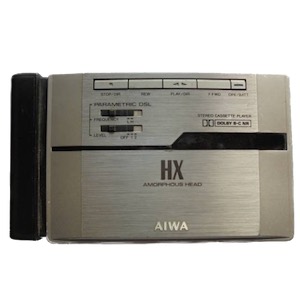
WML ID #173
- Manufacturer
- Aiwa
- Model
- HS-PX30
- Gang
- Dolby C
- Year
- 1989
- Made in
- Japan
- Initial price
- 26500 ¥Today 203 $
Technical details, specifications
- Battery life
- 3.5h (with 9)
- Colors
- yellow/gold
- Window
- no
- Frame
- plastic
- Case
- metal
- Carry
- pouch
- Expandable
- no
- External compartment
- yes
- Head
- Amorphous HX narrow gap
- Tape selector
- Manual switch
- Waterproof
- no
- Speaker
- no
- Frequency range
- 10-20000 Hz
- FMax output
- 2x15 mW
Functions
- DC in
- yes
- Record by input
- no
- Record by int mic
- no
- Hotline mode
- no
- Cue
- no
- Balance (L/R)
- no
- Phone type
- 3
- Equalizer
- no
- Auto reverse
- yes
- Anti rolling
- no
- Logic control
- yes
- Hold lock
- no
- Bass
- DSL

- Noise reduction
- Dolby BC NR
- Radio
- no
- Remote control
- yes
- Wireless headphone
- no
- Indicator
- led
Description
Feature packed Dolby C player with amorphous head and bi-azimuth adjustment for best frequency response in both playback directions. Also known as PX303 and PX900, latter came with Supra Sound Quality Headphones.
This was a high-end audiophile design where the electronic and mechanical engineering are extremely elaborate and advanced for the time. In this design they use a pair of integrated circuits (ICs) for the Dolby B/C function, hence there is a NJM2065AM IC for each channel. They also use the CXA1249M IC to provide the parametric DSL function, which was quite a feat of engineering during that time. For the tape transport functions, they used a system control and logic IC TC9311F-014, which also controls the solenoid (SOL1). The motor driver design is also elaborate with a 3-phase motor driven by NJM2613 IC, providing extremely smooth speed. The remote control design is a resistive ladder network type decoded by the BA3818F IC, which contains operational amplifier comparator blocks. Finally, the preamplifier and power amplifier functions, including channel switching, are achieved by the TA8115F IC manufactured by the Toshiba Corporation. The SMD version (F) had power dissipation of just 400 mW and typical quiescent current of 9 mA making it very efficient at 3 V operation. In these early ICs the power amplifier stages had fixed closed-loop voltage gains of 27 dB to keep THD to minimum, but still it sounds decent with a good pair of headphones. Hence 32 Ω coils will provide much better sound definition and resolution at the expense of power output.
For the tape transport design, Aiwa utilises their alpha minus 2 (α-2) mechanism, which was one of the most reliable at that time and became the basis of many later designs by other Japanese manufacturers. In this design, a three-phase disc motor drives a pair of capstan flywheels via a single drive belt. The auto-reverse system consists of a program cam wheel, and solenoid actuation. The tape path consists of an amorphous head with bi-azimuth head alignment taking the engineering technology to extreme levels. The amorphous alloy usually exhibits high flux density resulting in exceptionally high playback fidelity.Via Peter Vis
AIWA Rechargeable headphone stereo models deliver higher output power for better sound quality. AIWA models are rated between 10 & 15mW / channel, higher than the typical 5mW / channel of rechargeable models from other manufacturers.
This allows for more amplification headroom before distortion occurs. AIWA models rated between 10 and 15mW per channel deliver smooth, strong amplification of the entire music signal, even highly dynamic sound peaks.
Click the link for more pictures, brochures, and graphs.Via The Personal Hifi Blog (edited)

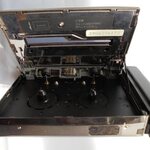


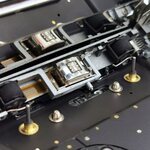
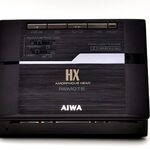
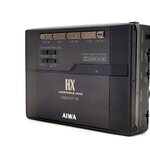
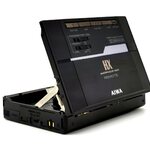
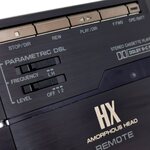
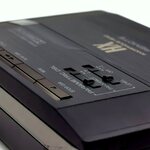

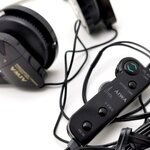

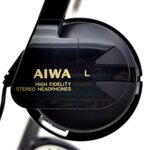

No comments yet